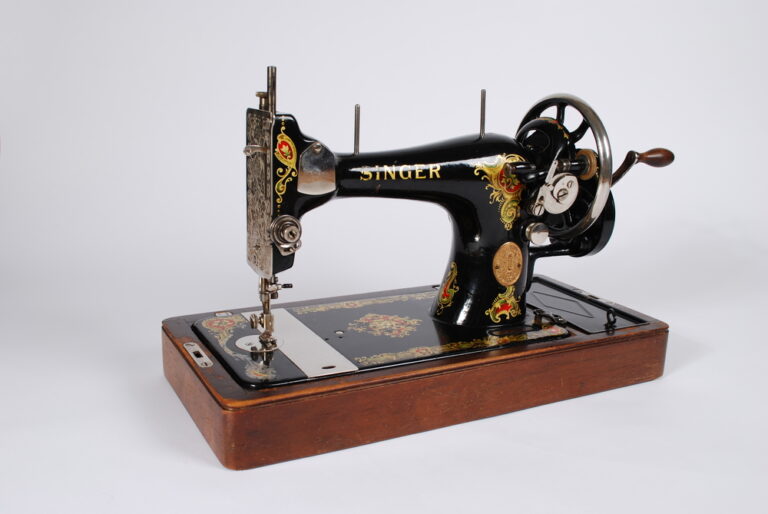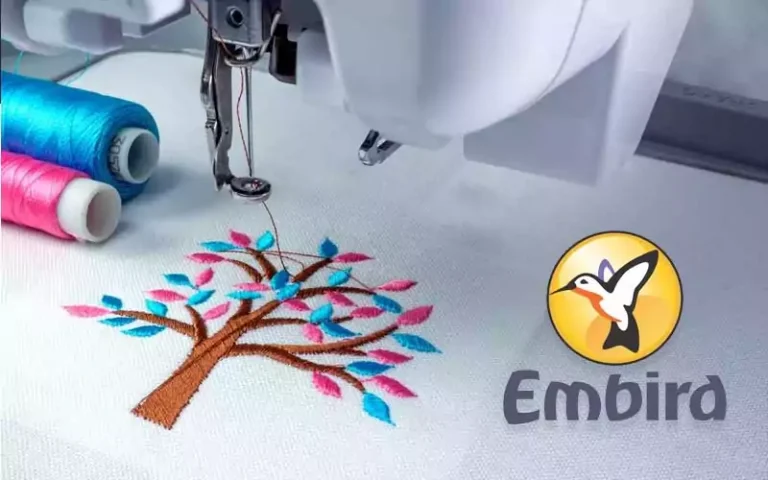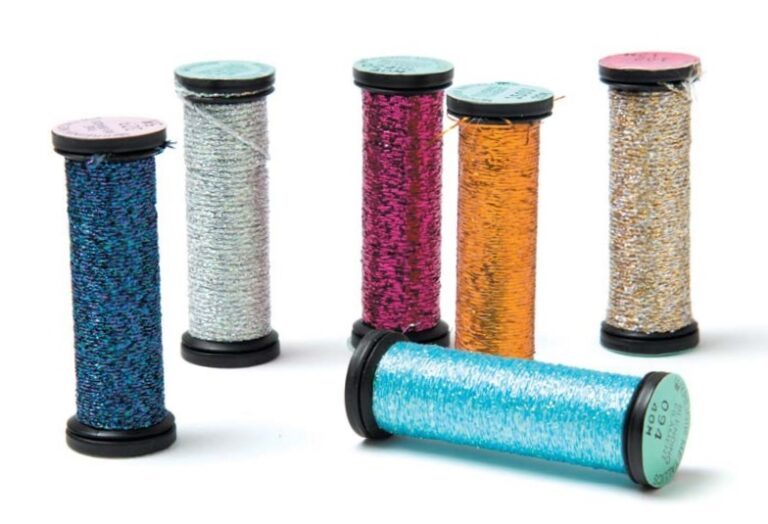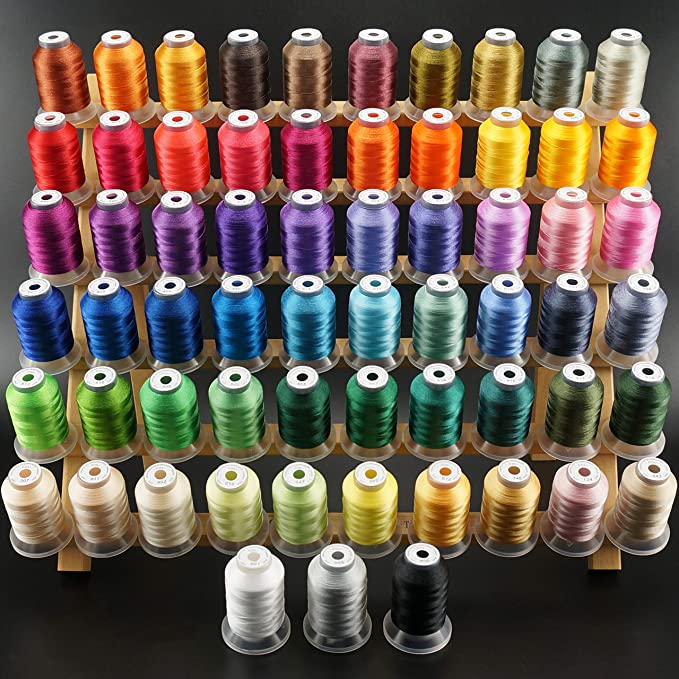Embroidering the Unbound: Mastering Hoop-less Techniques for Your Embroidery Machine
Embroidery machines have revolutionized the art of creating intricate designs on fabric. But what if you find yourself without an embroidery hoop for your next project? Fear not, creative stitchers! This guide delves into the world of hoop-less embroidery techniques, equipping you with the knowledge and skills to achieve stunning results on your embroidery machine, even without the traditional hoop.
Embracing the Advantages of Hoop-less Embroidery
While embroidery hoops offer a familiar way to hold fabric taut, hoop-less embroidery unlocks unique possibilities:
- Embroidering on Bulky Items: Hoops struggle to accommodate bulky items like hats, bags, or shoes. Hoop-less embroidery allows you to directly stitch onto these objects, adding personalized details and embellishments.
- Freer Movement: Without the restriction of a hoop, you can move the fabric more freely under the embroidery needle. This is beneficial for detailed work on curved surfaces or intricate designs with tight corners.
- Reduced Fabric Marking: Hoop marks can sometimes leave unwanted indentations on delicate fabrics. Hoop-less embroidery eliminates this concern.
Important Note: Hoop-less embroidery requires a higher level of skill and control compared to traditional methods. Be prepared for some practice and experimentation before achieving flawless results.
Essential Supplies for Hoop-less Embroidery Success
Before diving into the stitching fun, ensure you have the necessary tools:
- Embroidery Machine: This is your creative canvas, allowing you to stitch out your design.
- Stabilizer: Stabilizer is crucial for hoop-less embroidery as it prevents fabric from puckering or bunching during stitching. Choose a stabilizer appropriate for the fabric weight and your project. Water-soluble stabilizers are a popular choice for hoop-less embroidery as they dissolve easily after stitching.
- Double-Sided Adhesive Spray (Optional): This can be helpful for temporarily adhering the stabilizer to the fabric, especially for delicate fabrics or complex projects.
- Adhesive Sheets (Optional): For very lightweight fabrics, consider using temporary adhesive sheets specifically designed for embroidery. These sheets hold the fabric taut without leaving any residue.
- Walking Foot (Optional): While not essential, a walking foot can help ensure even fabric feeding during hoop-less embroidery, especially on thick or slippery fabrics. Consult your machine’s manual to see if a walking foot is available for your model.
Choosing the Right Fabric for Hoop-less Embroidery
Fabric selection plays a crucial role in achieving success with hoop-less embroidery. Here’s what to consider:
- Weight: Medium-weight woven fabrics like cotton or linen work well for hoop-less embroidery. Lightweight fabrics require extra care to avoid puckering, while very heavy fabrics can be difficult to maneuver under the sewing head.
- Stability: Choose fabrics with a stable weave that won’t stretch or distort easily. Loosely woven fabrics can be more challenging to work with hoop-less methods.
Pro Tip: Practice your hoop-less embroidery techniques on scrap fabric of the same weight and type as your final project to ensure compatibility with your chosen stabilizer and stitching settings.
Mastering Hoop-less Embroidery Techniques: Step-by-Step Guide
Now that you’re armed with the necessary knowledge and tools, let’s explore the techniques for hoop-less embroidery:
- Prepare Your Fabric: Cut your fabric to the desired size and shape, taking into account seam allowances if needed. Pre-wash and iron your fabric to remove wrinkles.
- Apply Stabilizer: Choose a stabilizer appropriate for your fabric weight and project.
- Water-Soluble Stabilizer: Cut a piece of water-soluble stabilizer slightly larger than your fabric. If using, lightly mist the stabilizer with water to activate the adhesive properties. Lay the fabric on top of the stabilizer, smoothing out any wrinkles.
- Temporary Adhesive Sheets: Follow the instructions on the specific adhesive sheet brand for application onto your fabric.
Optional Tip: For extra stability, especially on delicate fabrics, you can temporarily secure the stabilizer to the fabric using a double-sided adhesive spray. However, be mindful of the spray’s potential to leave residue on your fabric.
-
Position Your Fabric: Place the fabric with the stabilizer (or adhesive sheet) attached under the embroidery machine’s needle, ensuring it’s positioned correctly for your design.
-
Adjust Stitch Settings: For hoop-less embroidery, it’s recommended to use a slightly lower stitch density compared to traditional hoop embroidery. This reduces the risk of puckering and allows for smoother movement of the fabric. Refer to your machine’s manual for adjusting stitch density settings.
- Embroidering: ( Maintain control of the fabric by gently guiding it under the needle as you stitch. Avoid pulling or stretching the fabric, as this can lead to distortion in your design.
- Tight Corners and Curves: For intricate details or tight corners, take extra care to maneuver the fabric smoothly under the needle. Slow down your stitching speed and consider using short stitch lengths for better control.
- Bulky Items: When embroidering on bulky objects like hats or bags, use additional stabilizer pieces within the item to provide support from the inside. This helps prevent the fabric from sinking into the object and distorting the design.
Pro Tip: Practice stitching straight lines and simple shapes on scrap fabric first to get a feel for controlling the fabric movement before tackling your final project.
- Finishing Touches: Once the embroidery is complete, remove the stabilizer (if using water-soluble stabilizer, simply wash away the stabilizer with water following the manufacturer’s instructions). Trim away any excess fabric around the design if needed.
Beyond the Basics: Troubleshooting and Advanced Techniques
As you embark on your hoop-less embroidery journey, you might encounter some challenges. Here are some tips for troubleshooting and exploring advanced techniques:
- Puckering: If your fabric puckers, adjust your stitch density to a lower setting or try using a different type of stabilizer. You can also experiment with lightly pressing the fabric with an iron (on a heat setting appropriate for your fabric) after stitching small sections of your design to smooth out any wrinkles.
- Fabric Bunching: Ensure you’re not pulling or stretching the fabric as you stitch. Maintain a relaxed grip and guide the fabric smoothly under the needle. Using a walking foot can also help prevent fabric bunching on thick or slippery fabrics.
- Skipping Stitches: This can occur due to uneven fabric tension. Double-check your stabilizer placement and ensure the fabric is flat and taut under the needle.
- Free-Motion Embroidery: Once comfortable with basic hoop-less techniques, explore free-motion embroidery. This allows you to create flowing, organic designs by moving the fabric freely under the needle without a pre-defined pattern.
By understanding these troubleshooting tips and venturing into advanced techniques, you can refine your hoop-less embroidery skills and create truly unique and stunning projects.
Inspiring Applications: Unleashing the Possibilities
Now that you’ve mastered the art of hoop-less embroidery, here are some exciting ways to incorporate it into your projects:
- Personalize Clothing: Embroider intricate details or lettering directly onto collars, cuffs, or pockets of garments.
- Embellish Bags: Add a touch of personalization to tote bags, backpacks, or clutches with hoop-less embroidery.
- Embroider on Hats: Create unique custom hats by directly stitching designs onto the hat body.
- Home Decor Accents: Give throw pillows, table runners, or wall hangings a personal touch with hoop-less embroidery.
- Upcycle Shoes: Breathe new life into old canvas shoes by adding colorful embroidery designs.
With a little practice and creativity, the possibilities for using hoop-less embroidery are endless!
Embrace the Freedom and Stitch Beyond the Hoop!
Hoop-less embroidery techniques open a world of creative possibilities for your embroidery machine. By understanding the essential tools, techniques, and troubleshooting tips outlined in this guide, you’re well-equipped to embark on your hoop-less embroidery journey. So, unleash your creativity, embrace the freedom of movement, and start stitching stunning designs on a variety of fabrics and objects, all without the limitations of a traditional hoop!
Related Posts
Discover relevant articles, tutorials, and tips to improve your skills and explore new techniques.
Stay inspired and connected to our embroidery community.






